 Some forms of pressed plant material predate modern paper by thousands of years. In Egypt during the first dynasty paper was made from the papyrus plant around 3,000 B.C.E. This plant is a reed that grows (or grew) along the Nile river and the Mediterranean. This plant was also used by the Egyptians to fashion boats, mattresses, mats, sandals, rope and baskets.
Some forms of pressed plant material predate modern paper by thousands of years. In Egypt during the first dynasty paper was made from the papyrus plant around 3,000 B.C.E. This plant is a reed that grows (or grew) along the Nile river and the Mediterranean. This plant was also used by the Egyptians to fashion boats, mattresses, mats, sandals, rope and baskets.
Only the inner bark of the plant is used to make paper. This "bark" is called pith and it was typically mashed flat, cut into thin strips and the strips placed on a hard surface, overlapping, to dry. Once dried another layer of pith was applied but at right angles to the first.
During this second stage of production, the addition of a layer of papyrus at right angles, the paper might be pounded with a flat object and then pressed together between two flat surfaces to dry. Finally the papyrus, once dry, would be polished with a flat stone or seashell to give it a smooth writing surface.
Though this is a lot of hand work, all this preparation was still cheaper and easier to produce than velum (animal skin) or parchment (another name for velum), though both of these materials are much more durable. Finally, the climate in Egypt makes this form of paper very durable and long lasting.


 Some forms of pressed plant material predate modern paper by thousands of years. In Egypt during the first dynasty paper was made from the papyrus plant around 3,000 B.C.E. This plant is a reed that grows (or grew) along the Nile river and the Mediterranean. This plant was also used by the Egyptians to fashion boats, mattresses, mats, sandals, rope and baskets.
Some forms of pressed plant material predate modern paper by thousands of years. In Egypt during the first dynasty paper was made from the papyrus plant around 3,000 B.C.E. This plant is a reed that grows (or grew) along the Nile river and the Mediterranean. This plant was also used by the Egyptians to fashion boats, mattresses, mats, sandals, rope and baskets.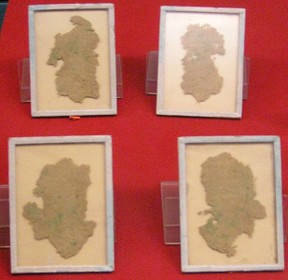 China's version of paper from wood pulp was invented by
China's version of paper from wood pulp was invented by 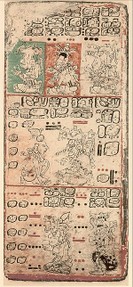 The Aztec/Maya also made paper for the administrative purposes. They used the bark of a fig tree pounded to a pulp and then prepared in a manner similar to Chinese paper. The resulting paper was used to record astronomical observations, taxes, history, and communicate orders from the capital to outlying areas. The paper was also used to make maps and record land ownership and boundaries. Paper was used so extensively in the empire that Montezuma is said to have built a library and charged a custodian (librarian) with the safekeeping of records.
The Aztec/Maya also made paper for the administrative purposes. They used the bark of a fig tree pounded to a pulp and then prepared in a manner similar to Chinese paper. The resulting paper was used to record astronomical observations, taxes, history, and communicate orders from the capital to outlying areas. The paper was also used to make maps and record land ownership and boundaries. Paper was used so extensively in the empire that Montezuma is said to have built a library and charged a custodian (librarian) with the safekeeping of records.

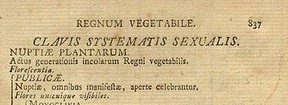
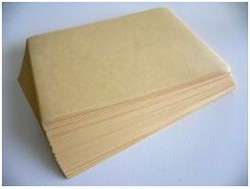

 Crêpes and Crêpe Disheson 09/14/2016
Crêpes and Crêpe Disheson 09/14/2016
 About Me - Liam Beanon 11/28/2014
About Me - Liam Beanon 11/28/2014
 About Ebolaon 11/08/2014
About Ebolaon 11/08/2014


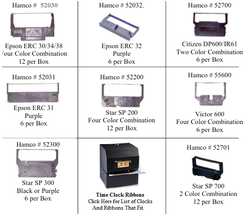
Comments
You are right - of course papyrus was the first paper. So credit to the ancient Egyptians.